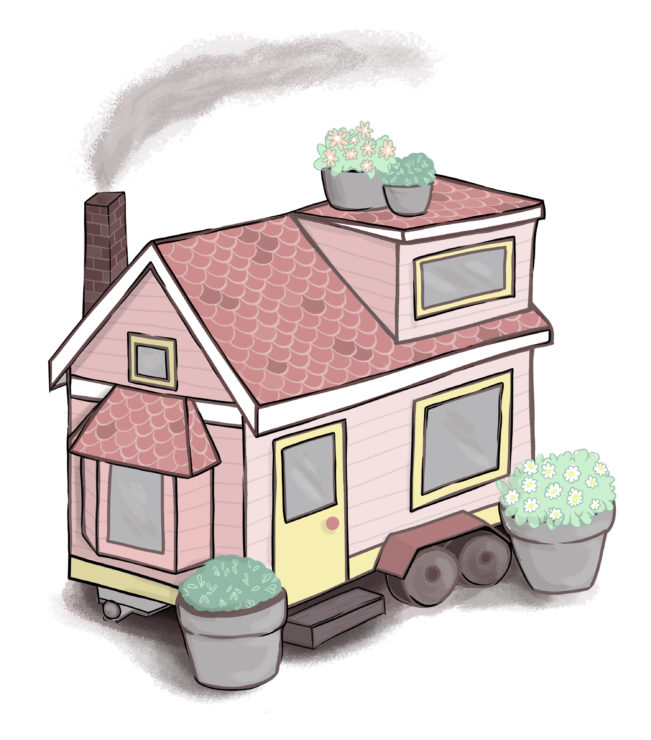
At any given time in B.C., while we’re all going about our daily lives, emergency wards are filled. Doctors and nurses are rushing to care for crash victims, save those overdosing on drugs, and plaster casts on children with broken bones.
Hectic doesn’t begin to describe the everyday emergency room environment, but doctors and nurses navigate it with relative ease. They cure the worst illnesses and care for the terribly sick everyday, and they’re warning us that COVID-19 is seriously bad news. The good news is 80 per cent of people that get COVID-19 tend to recover with no need for medical care.
Right now, no vaccine for COVID-19 exists. The only way we can prevent COVID-19 is to proactively social distance and better yet, self-isolate. The concept is not that difficult to understand — just stay home.
People in Vancouver were playing beer pong over the weekend, as if sharing drinks from shared cups while dunking a shared ping-pong ball into them and standing close together is a good idea during a pandemic. There’s others, though, that aren’t complete idiots (aka “Covidiots”) but also aren’t taking the advice of our Provincial Health Officer seriously.
The idea of maintaining a two-metre distance is intended for those that need to go out for things like grocery shopping. It’s not meant to tell you to have a house party and just not touch each other. Social distancing means keeping your social circle to one or two people outside of your immediate family and maintaining a six-foot distance at all times. If you notice any symptoms, you need to be isolated — ideally having no contact with anyone.
Going to play soccer ? Not social distancing. Having your friends over for dinner? Not social distancing. Hanging out with a group at the beach? Not social distancing.
At the end of the day, this is just simple math. The “curve” echoes the idea that we can reduce the strain on our health care system by drastically reducing the spread of COVID-19 through minimal contact, and in turn stopping the amount of COVID-19 cases from exponentially increasing.
At this point, stopping the spread of COVID-19 isn’t about “flattening the curve” to keep it below health care capacity, it’s about saving lives during a pandemic. Numerous doctors and scientists have predicted that a vaccine could take over a year.
We need to take this shit seriously, as it’s the only vaccine we’ve got.
Despite being socially distant, we need to be more connected than ever. In the coming weeks, hundreds of Canadians will die from COVID-19. We will lose loved ones and many of us will get sick.
Like many Canadians, I have long taken pride in our public health care system (thanks, Tommy Douglas). It allows for every Canadian to access health support, while also signalling a view that caring for each other is a community effort.
If 30 to 70 per cent of Canadians get COVID-19, that means that 30 to 70 of every 100 people we know will get COVID-19. Although only one UVic student has tested positive, between 6 500 and 15 000 students will likely get COVID-19.
When we do recover and return to campus, I hope we can look back on this pandemic as a time where we used the time we saved from not commuting and not dining out to reach out to one another, to find new ways of extending our support, and to care for those sick or grieving.
That outcome, the outcome where the majority of us can be caring and supporting the sick rather than being sick or grieving a lost loved one ourselves, depends on all of us staying home now.
How we deal with this pandemic will be determined by how we react to it.
We’ve all wished for more time at home — more time to read that book that’s getting dusty on the shelf, more time to chat with our grandparents, more time to finally learn how to cook something besides instant ramen, and more time to just pause and take a breath. It’s time to adapt to a new socially distant normal, and learn that life goes on even if we don’t go into the office or go to school.








